The benefits that self-narration provides to the individual are many. The field that has best researched these benefits is psychology. This makes sense given that narrative has been described by psychologist Dr. Theodore Sarbin as the “root metaphor” of psychology.
In crafting your story, you are shaping your identity.
Your identity is the way in which you understand yourself and describe who you are to yourself and others. Your identity is your life story. Understanding and constructing one’s own identity provides purpose and meaning to one’s life. As a life story is constructed from chosen memories, so too is identity constructed from the meanings one associates those memories with. This is called meaning-making.
Meaning-Making
Meaning-making is the ability to connect one’s experiences with meanings to describe the overall self. It has been studied and shown that people who are able to engage in meaning-making tend to be psychologically healthy and generally happier and more willing to engage with, and try new things. Identity is not, however, something that is crafted once and for all and stays exactly the same for the rest of your life.
Your life story changes and adapts to the situations that arise in your life, and so the meanings that you associate with your memories need to accurately change to reflect your changing experiences.
What memories, then, do you tie meanings to? There are many mundane memories in every person’s life, so do we include doing the dishes and taking out the trash in our self narratives? No! The memories that are important are called self-defining memories.
Self-defining Memories
In McAdams’ The Psychology of Life Stories, memories are described as needing the following five classifications to be called a self defining memory:
- present a specific event that took place at a particular time and place, rather than a summary event or extended series of events
- contain a detailed account of the rememberer’s own personal circumstances at the time of the event
- evoke sensory images or bodily sensations that contribute to the feeling of “re-experiencing" or "reliving" the event
- link its details and images to a particular moment or moments of phenomenal experience
- be believed to be a truthful representation of what actually transpired
Let’s break this down into what a self-defining memory is and is not. Let’s use the example of someone getting married as a self-defining memory.
- Self-defining memories must be specific moments in time, not a series of events. So a self-defining memory might be that day that you got married, but it would not be the entirety of the time that you dated your significant other.
Self-defining memories are encoded with details that explain what was going on in your life at the time. You can recall, for example, the feeling of anxiety that struck you because you felt that you were not financially stable and you wondered if you might be bringing your partner down in that way. Or you remember that you spent a little too much time outside earlier that week and you had an unfortunate sunburn for your big day.
When you think of a self-defining memory, you can evoke feelings make you feel like you’re actually there. In talking about just how you were standing there in front of your partner, waiting for the moment to say I do, you can feel the nervousness, the joy and the excitement well up in your body as you recall that moment in time.
You can describe, in vivid detail, that self-defining moment. With some memories, you can remember a kind of blurry shade of what was happening in the moment, but when you recall your wedding, you remember it all, the dress, the cake, the reception, the kiss, in vivid detail because that moment meant so much to you.
You must believe that what happened actually happened the way that you are recalling it. Although you may feel that your wedding was a moment from a fairy tale, you wouldn’t recall it as having actually occurred in a Disney-inspired mountainous castle, as, chances are, that wasn’t what really happened.
You’ll know what a self-defining memory is if you reflect on it. In fact, you likely won’t even have to ask yourself whether all five of these apply, because chances are, if you think something was a life-defining memory, then it probably was.
The way in which we imbue meaning in our story is based on how these self-defining memories affect our quest to reach our goal. We choose these memories and we choose the meanings we draw from them. As McAdams eloquently states, “we endow [memories] with symbolic messages, lessons learned, integrative themes and other personal meaning that make sense to use in the present as we survey the past and anticipate the future.”



